The upcoming Jordan Super.Fly 2017 was swiftly deconstructed by the FastPass crew and the implementation of Nike’s all-new React cushion looks solid so far.
While we will have to wait for August 3 to roll around to pickup the Jordan Super.Fly 2017, retailers in China seem to have a much earlier release date.
Something that we find interesting is the material usage and the amount of React foam used (materials will likely vary by colorway). The launch colorway featured a mixture of premium materials alongside more modern materials whereas this particular colorway is modern all the way. So, there should be something for everyone which is a good look.
Cushion implementation from the Nike/Jordan Brand has been under the microscope for some time now with each section of the brand cutting corners every chance they get. However, there are some models that seem to get the tech consumers deserve, and lucky for us, there are sources such as FastPass that allow us to see inside the shoe so we can determine which models are worthy of our dollar.
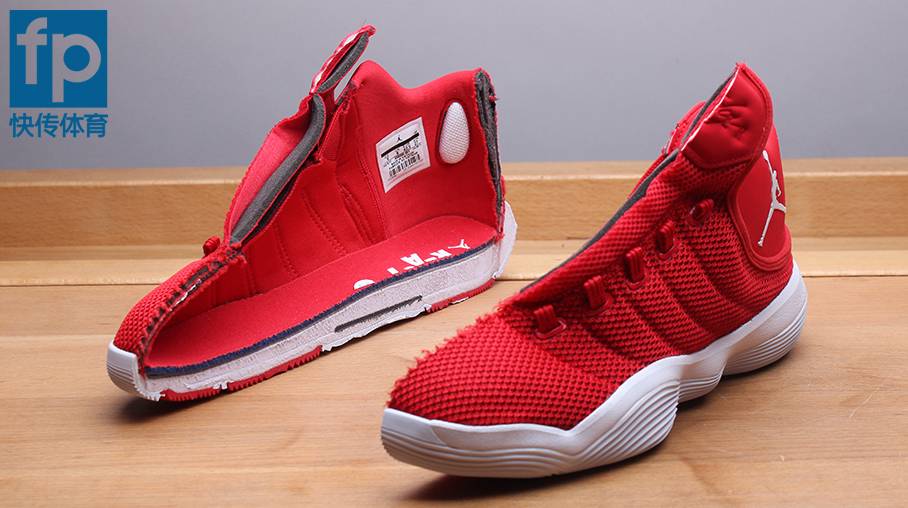
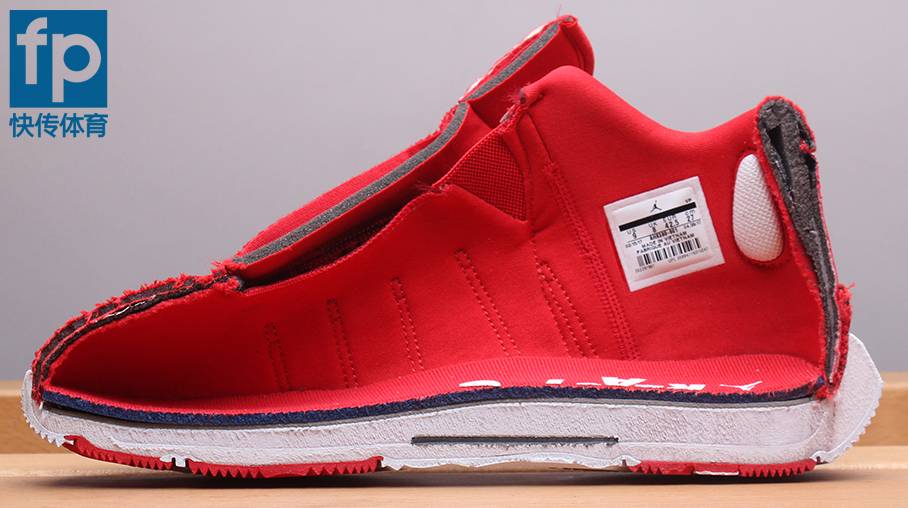
Heel notches are in place at the rear collar for comfort, fit, and lockdown. Full-length React foam is also in place within a Phylon midsole carrier. You can also see the one-piece bootie construction that may irritate some.
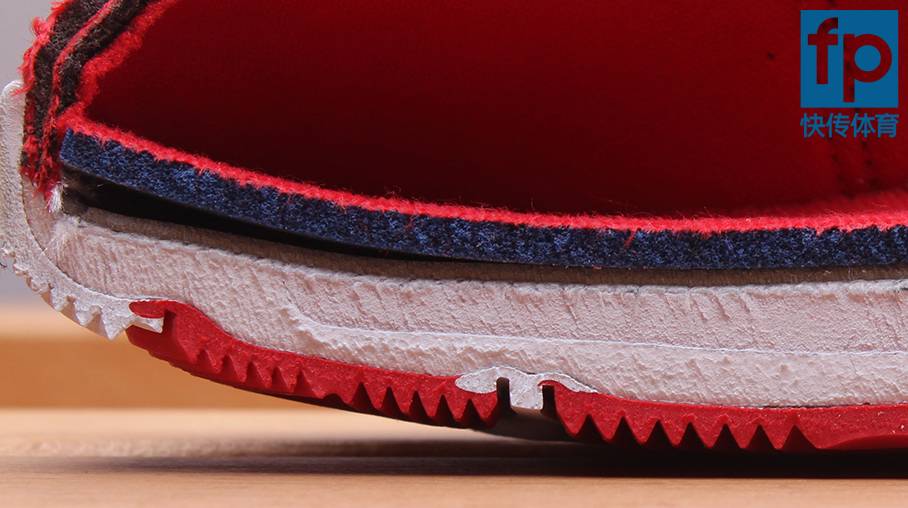
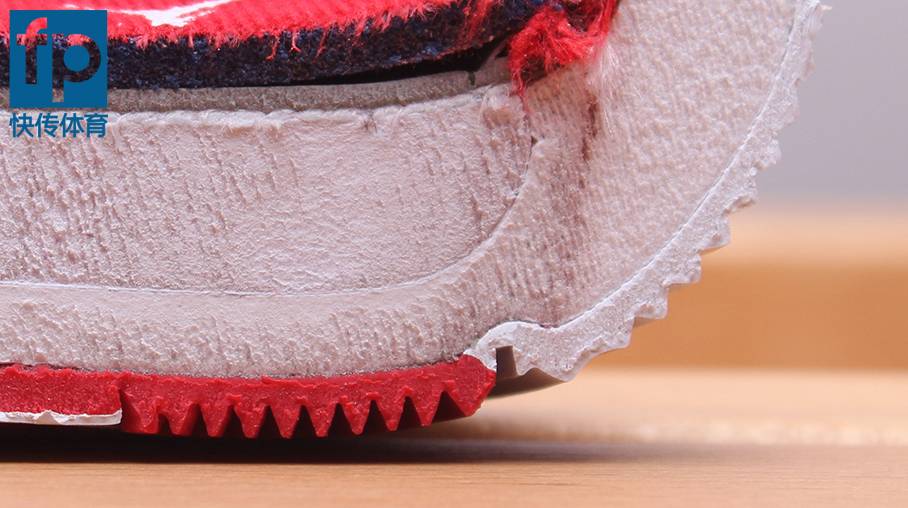

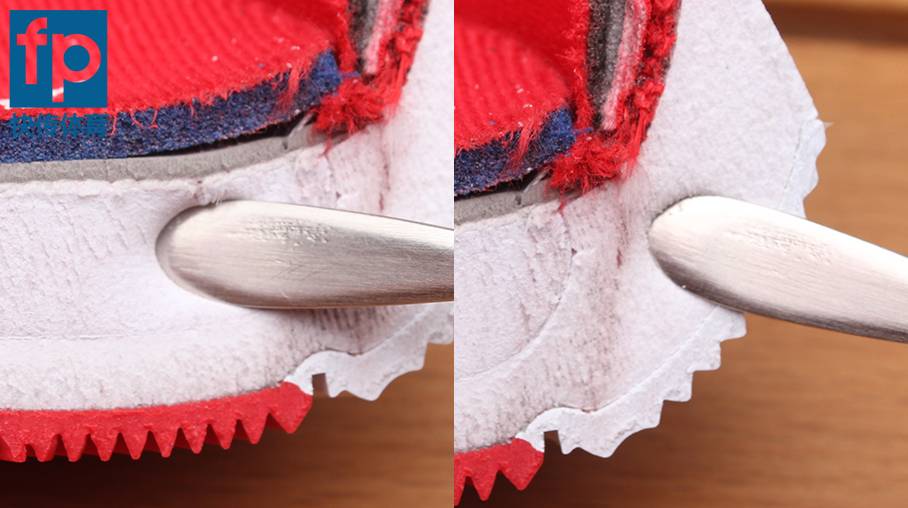
I believe FastPass is trying to show the softness of the React vs the standard Phylon. We’re really excited to test out the new tech and hope it offers a good balance between soft cushion and firmness for stability.
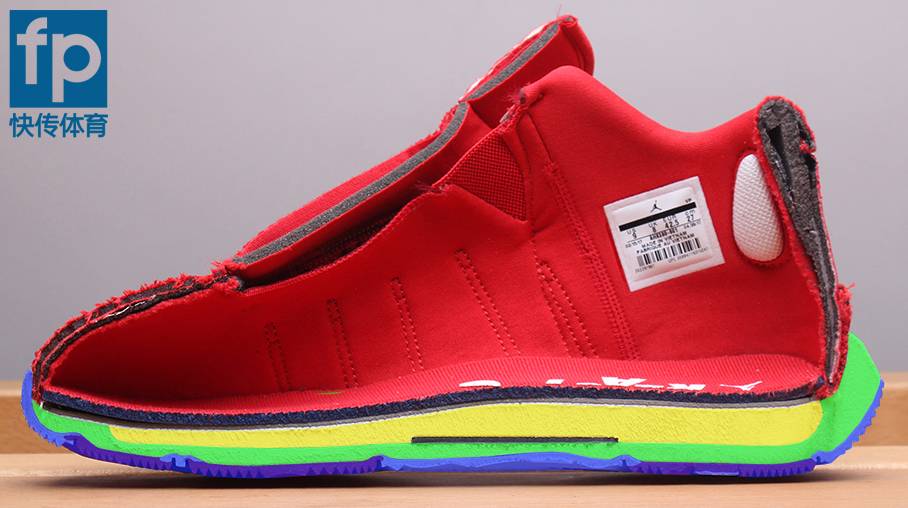
This last image is a Photoshopped profile view breaking down each component of the tooling — separating the React from the Phylon in order to show readers exactly how things are implemented.
Let us know what you think of the upcoming Jordan Super.Fly 2017 and stay tuned for performance reviews from WearTesters staff.
via FastPass.cn


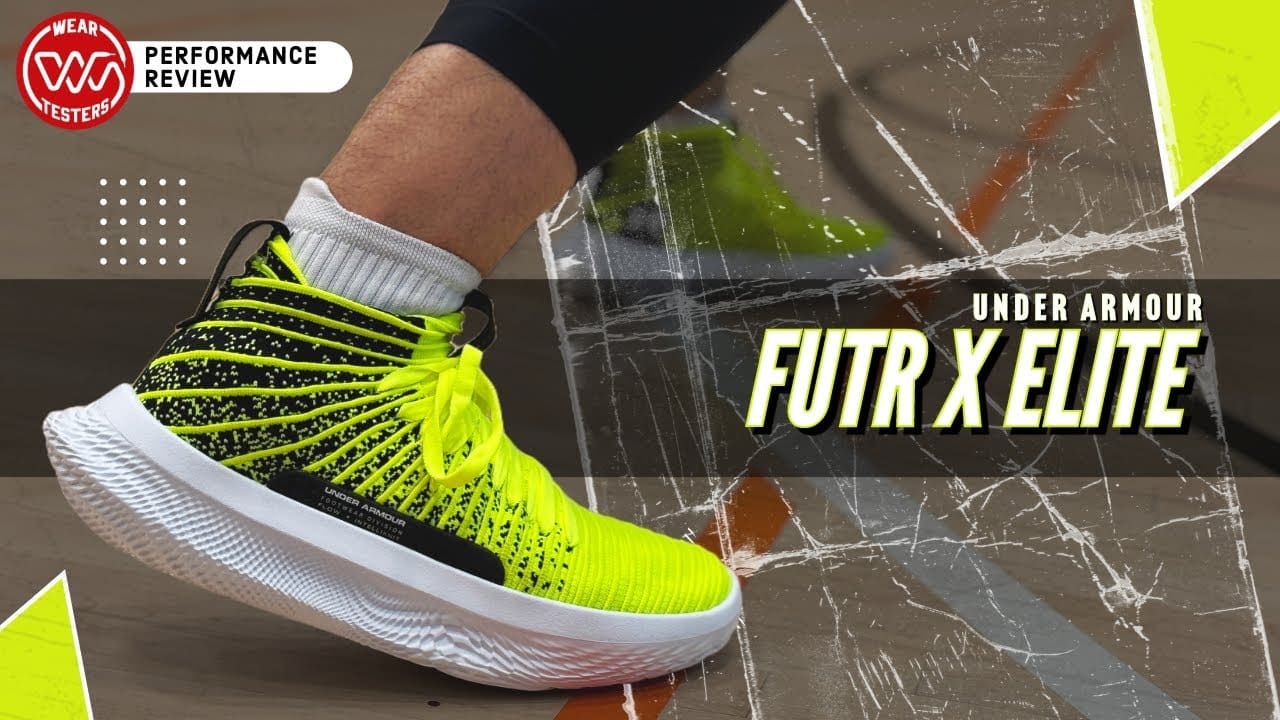
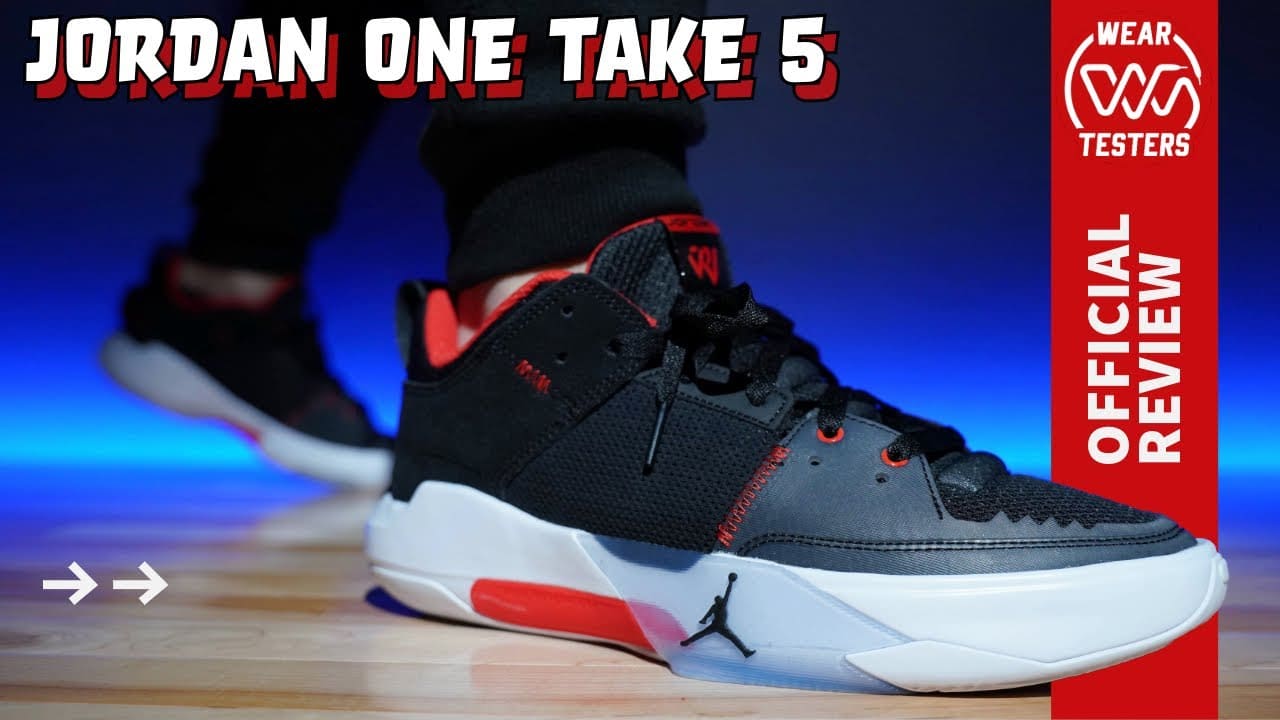
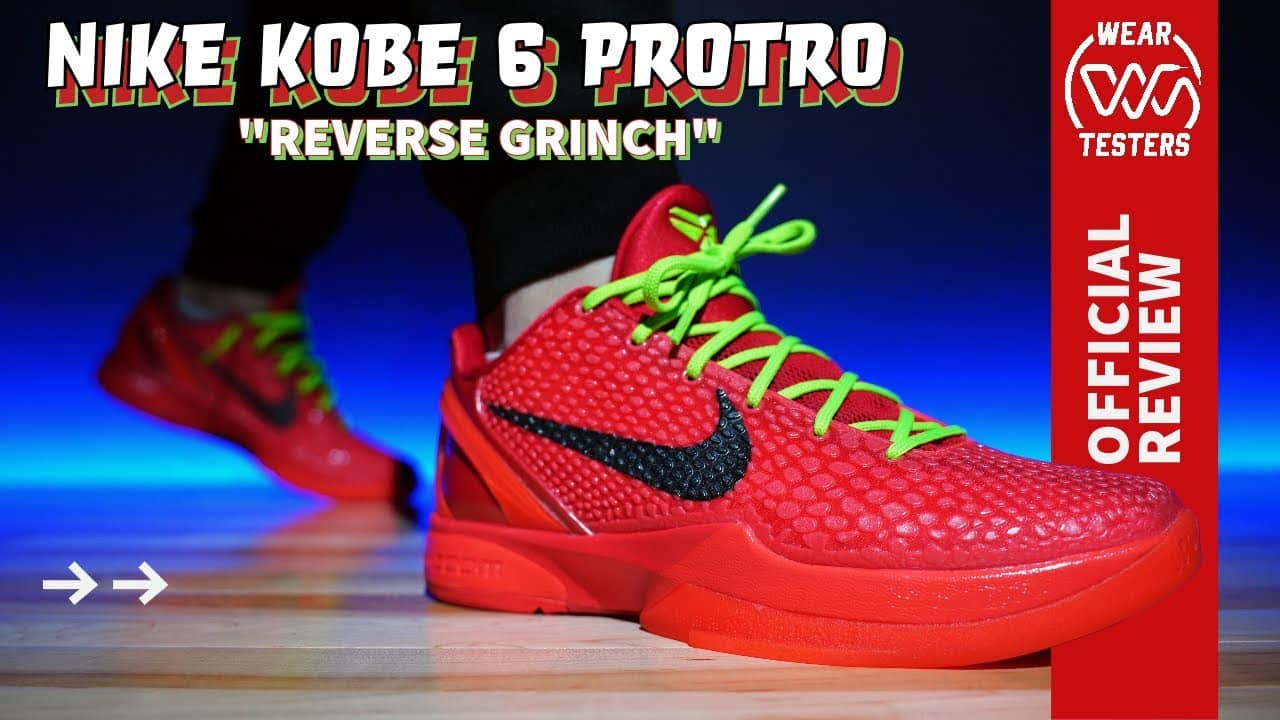
This was an interesting breakdown and I liked the color coding in the last image to differentiate. I’m kind of interested in seeing what this has to offer as a new cushion source.
Please don’t be all hype. Lol
Looking good, if it doesn’t bottom out, this is a VERY promising foam.
Pretty interesting that the React layer isn’t all that thick. If it lives up to Nike’s marketing hype then it’d be interesting to see them go with a thicker layer in the future.
Nike’s response to bounce?
Zoom in and look at that texture, react is still phylon, probably just a softer phylon inside a stiffer phylon, with this setup they’re never going to beat boost which is the midsole itself.
agreed….u really hv a point
How can you tell it’s phylon just by looking at the foam? I can’t …
well that wouldn’t be Phylon per se if that was the case. for me, basically React is more of a renamed Cushlon/Podulon or Dual Density foam setup that Nike already has. the only difference was that Cushlon/Podulon or Dual Density cushion name weren’t really marketed that heavily compared to Air, Max Air, Zoom, Max Zoom cushions since Nike or Jordan brand were somehow selling or promoting their Lunarlon cushion which was great at first.
personally, I think this is more of a marketing response from Nike showing or telling everyone that they come up with a new tech in response to Boost tech which somehow killed Nike’s foam-based cushion line and rivaled zoom and air cushion as well. I guess Nike woke up from the reality that they have to promote something else other than Air or Zoom cushions.
I don’t believe it is a new tech at all but it ain’t the phylon that we know of as well but rather a rehashed old foam system that Nike already had that never got that much attention. React is just a name for the foam by way of marketing and there never was any disclosure from Nike from what it is actually. from the way they describe the foam’s performance, they are sounding more like Cushlon and Podulon or DD foam. and from what I heard about the so-called Zoom X performance, it sounded like their typical Phylon midsole, only thicker.
lastly, it’s not a new tech. but I’m fine with it as long as the performance of the cushion is significantly better than the typical phylon or lunarlon.
You know I never thought of that but it does make a lot of sense. After all, renaming or even just tweaking and renaming an existing tech saves a lot of costs, time and effort for Nike rather than developing an entirely new tech.
Why don’t they (Nike) just make little pellets of Lunarlon and heat them together ala boost. Boom new foam created. Send me a white collar salary.
The fact that Nike is still using phylon is a huge letdown. With how superior boost is I was hoping for Nike to cook up something out of this world, not an updated version of the Lunarlon setup. Zoom and air are middle tier cushions at best now, and they still can’t make a non cushion or phylon foam that doesn’t need a carrier? Cmon
I personally enjoy the Zoom in LBJ Soldier 9 and HyperRev 2015. Although the latter did not have much zoom in it. Zoom in adequate amount is really very good. I dont understand why Nike does not want to do better “zoom” shoes with the right amount and better design. This, from what I think is just basically phylon though.
^Lots of assumptions that are probably incorrect.
There are plenty of articles from the running world that ZoomX is new tech. And considering that it’s new, I would say that this new react foam isn’t necessarily a rehashing of old tech, but rather something new as well.
The cuts from the blade into the foam creates it’s own texture that is going to obfuscate the true nature of the foam itself, so it would be easy to assume all shoes use the same foam just by looking at Fastpass’s pics.
You are assuming so much to be fact based on mere pics.
well you are practically assuming just the same to say boldly that ZoomX is a new tech without any facts. this is all speculation but it is something to consider as well considering what Nike has been “not doing” for a while.
the point being is that just because someone proclaimed they come out with a new tech that we would all just say that it is true is in fact a fallacy especially with how marketing plays out as sort of a propaganda. it is just natural to be suspicious or doubtful about this “newly advertised tech” considering how things have been going on with Nike and Jordan brand. downgraded material, terrible phylon cushioning on their top signature models, and false advertising.
also, any articles should be taken with a grain of salt with a growing number of paid or false reviewers and reviews on the internet to promote a product.
also, if you do look closely, you can see the pores/desnity of the foams ARE different.
You can’t, this is coming from a PhD in materials science and engineering. People don’t understand there’s a difference in structure of foam (porosity, density, etc.) and its chemistry (what makes up the foam). For example, you can make Boost look exactly like styrofoam (or EVA look like Boost, ahem BBB!), but the chemistry, and therefore the mechanical response, between the two materials would be entirely different. One is thermoplastic urethane, the other is polystyrene. You can even make foams that have the same chemistry behave entirely differently by tuning their porosity/density. I love how every sneaker enthusiast can make pure speculation sound like expert knowledge on these message boards lol … I’m not saying that I know for sure the new React foam isn’t a less-dense form of Phylon, but you really can’t tell unless you know the chemistry or at least have handled the foam itself.
Correct. I enjoy a good discussion, but jeez… this one went way off into left field without any facts.
You cannot see foam density. Its all chemistry. Just like you cannot see the hydrogen and oxygen that makes up water. Speculation is one thing but to pretend like you can see foam density is just plain wrong.
These brands all use the same foam to start with — except for Boost since its not even a foam. They then tweak compounds with additives and they can do so in large or small percentages.
If I were to take a foam and tweak the compound in a way that is different than any other foam I’ve created before then its technically new tech.
Lets see/feel how React is before we start bringing out the pitchforks and torches.
I’m looking forward to seeing how React feels and how the implementation may be different in the super fly and hyperdunk. I hope it feels more like Micro G, the newest Jetlon, or a cross between Bounce and Boost. Nike foam has really lagged in recent years and it would be great if React was very good because I now prefer foam to zoom and air for my basketball shoes. Also, I was out skateboarding with my kids this weekend and was thinking how cool my Nike SBs would be with a better foam than Lunarlon. React could be killer in some SBs.
I’m a composite and polymer materials engineer, there is no way we can ascertain much about the tech from the pics above. We need way more information.
Alright guys, just to set the record straight, any polymer-based material with porosity (or air) making up most of its volume is foam. This includes EVA, Phylon, MicroG, Jetlon, and yes, Boost too. Boost is the proprietary name for TPU foam, developed by BASF. Density refers mainly to the percentage of the material that is air, and not to how the material feels, although it is generally true that the more dense a foam is, the less compressible it will be. Why is Boost so special? Not because it is more dense or less dense than conventional foams, but because its underlying chemistry is unique, giving it that resilient feel. Chemically, it is identical to TPU, the same common material used for torsional support plates and heel cups. But turn the typically hard TPU into foam by filling the material with tiny pores, and voila, you have BOOST. Makes you wonder what other polymers besides TPU is out there that could be processed in a way to yield BOOST-like qualities … Pebax foam perhaps?
I really appreciate you adding this knowledge to the discussion. I’m legit fascinated by this. Seriously. It’s kind of amazing how things can be manipulated into feeling entirely different from one form to the next. Thanks for adding substance.
Respect
Thanks Trezz, appreciate it! S above probably knows more than I do, given that he (or she) is an actual polymers engineer; I really just have general knowledge. I’m also probably somewhat of an anomaly on these message boards, but I’ve been a sneaker geek since the days of Kicksology.net, way before I decided to become a scientist. It would be a dream come true to one day be able to work on new innovations in the footwear industry though …
I rarely left any comment on any forum, sites or message boards but this is legit knowledge and fun discussion at the same time.. Thank you guys for bringing me this kind of material to read while I’m slacking off my day-job.. lol
Respect to all of you !